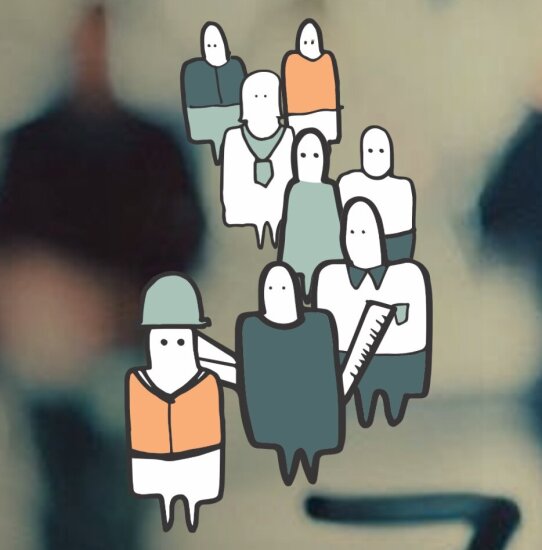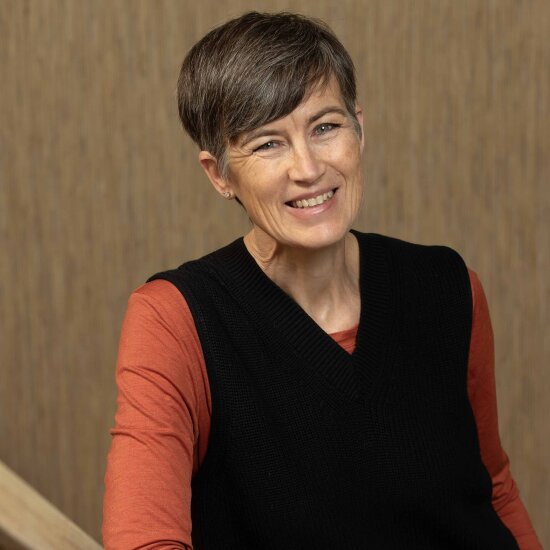The goal of Citizen's Tracks is to generate greater insight into the needs, experiences and preferences of the population in order to provide local authorities, developers, politicians and other relevant parties with a more comprehensive knowledge base for the development of cities and densely populated areas.
Citizen's Tracks was inspired by Kid's Tracks, a digital tool in which children register their experiences and usage of their environment on a map. Kid's Tracks was developed by the County Governor of Vestfold in the 1980s and further developed as a digital tool by Norsk Form (Foundation for Design and Architecture in Norway) in collaboration with Statens kartverk (Norwegian Mapping Authority) in 2005. In 2014, DOGA launched an updated version that has been tested in the municipalities of Bodø, Giske and Ski – with successful results. Read more here.
Participation for all
The Kid's Tracks project made clear to DOGA that there is a need to develop a tool for all groups in society. This resulted in the launching of the Citizen's Tracks project in the autumn of 2015. Collaborative partners Prologue and Comte Bureau carried out a qualitative analysis that provided insight into the contents of this tool and how perceptions of quality of life can be measured. Mette Mossige from Prologue wrote an article on this work in the magazine KOTE: New tools for public participation in planning.
The idea stage
Citizen's Tracks is still in the idea stage and we are now looking for collaborative partners to help develop the service together with us. The feedback we have received from the municipalities and other parties is that the Citizen's Tracks is very popular (in one form or another). There is often a desire for a more universal version of Kid's Tracks, but we also see a need for a digital service that can compile all insights and available methods and tools for planners.
Citizen's Tracks can make participation more targeted and effective, while at the same time creating value for both residents and society. It will be possible for more people to use the service than only those who work in planning because, for example, it can provide a solid knowledge base for builders and architects.


